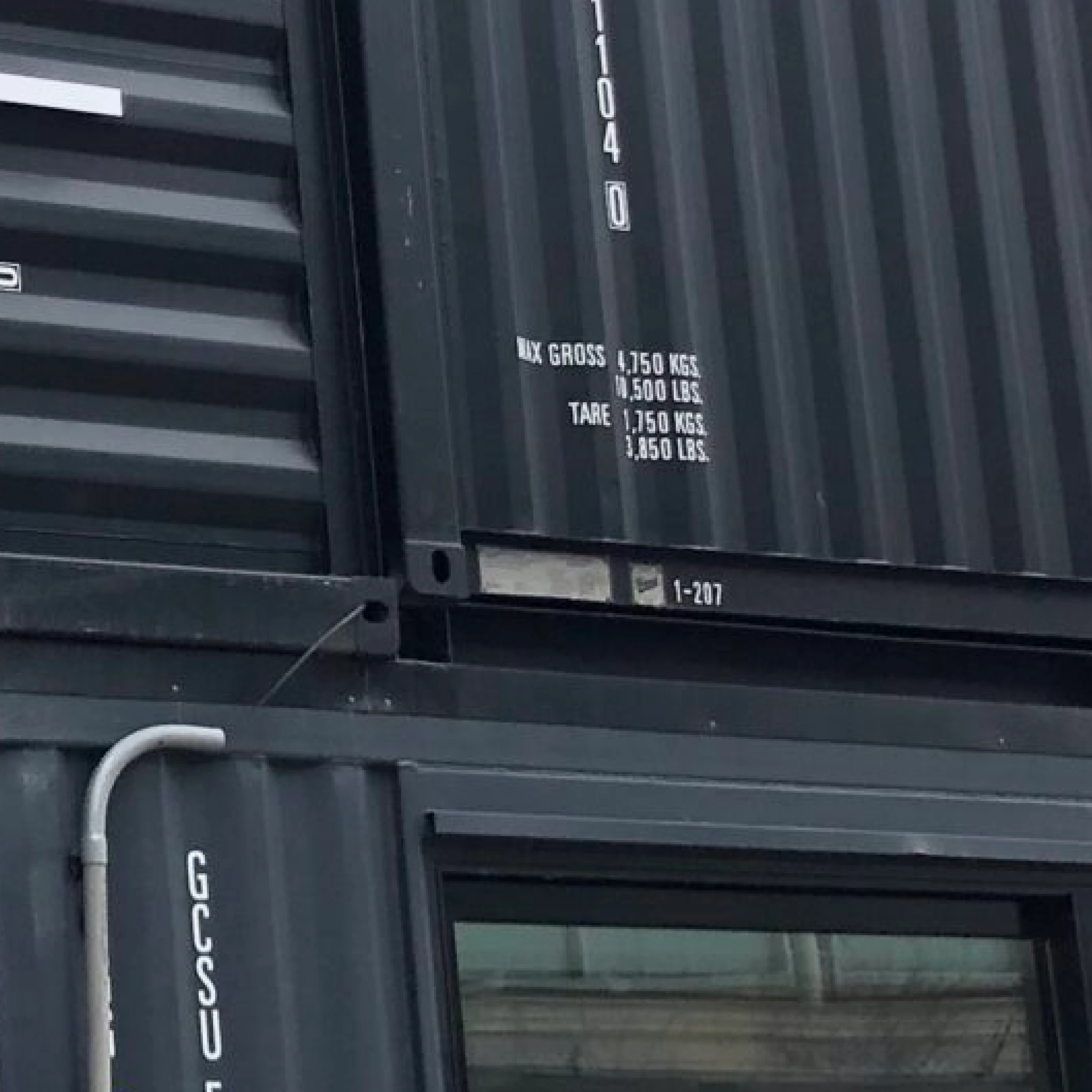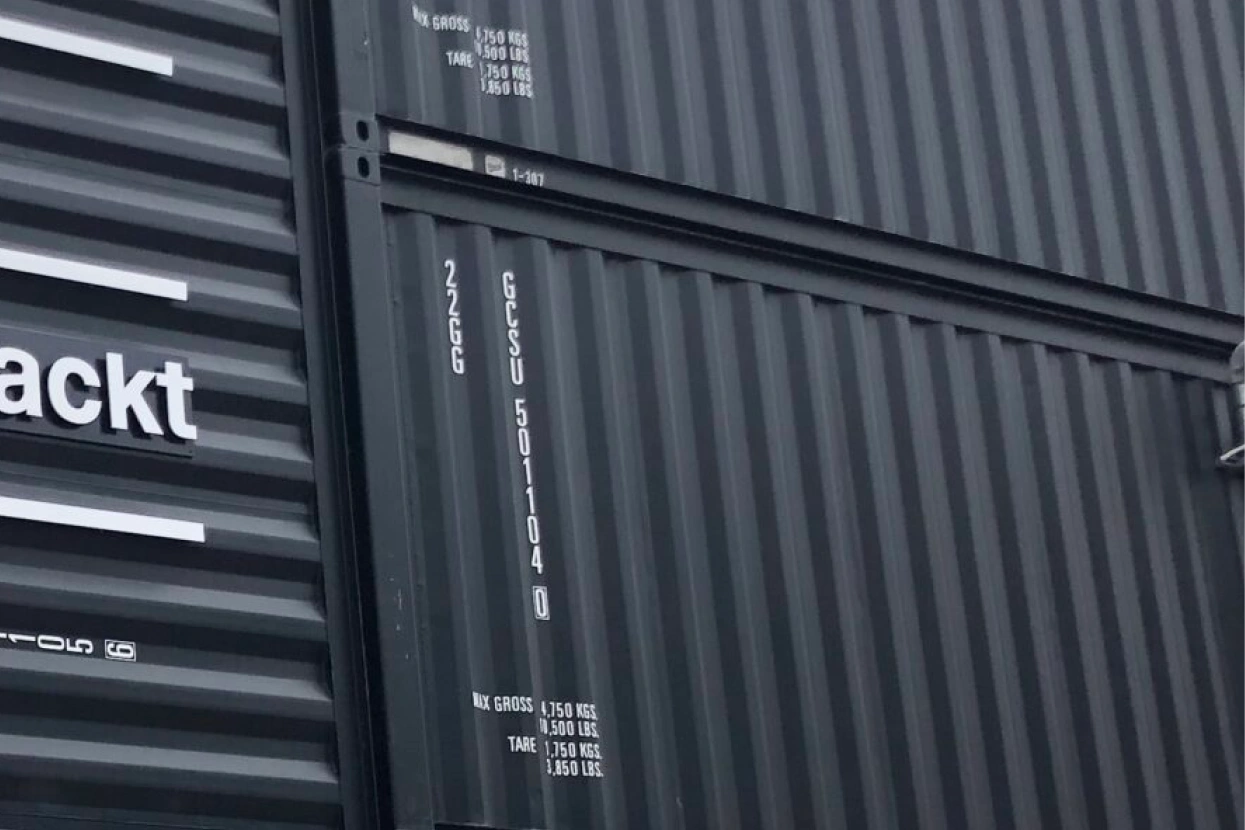What Is Container-Based Architecture?


Container-based architecture, otherwise properly known as “cargotecture", refers to structures made out of shipping containers.
In many areas of the world, many people are pressing for more sustainable options when it comes to constructing housing or other types of buildings, like offices. The demand for sustainable and affordable housing is on the rise.
In addition to this, there is a rising number of unused shipping containers also cropping up all over the world. It was only a matter of time until someone connected the dots to use them as material for housing and other types of buildings.
Cargotecture utilizes shipping containers in order to build fully functioning buildings, which are fully or partially made out of recycled shipping containers giving them a new life.
Shipping containers provide a great solution for nations figuring out how to provide more social housing for those who are less fortunate. They provide cheap construction material for social housing because they’re significantly cheaper compared with the costs of labour and materials needed to build something more traditionally.
A wide range of other projects can be completed by using shipping containers, from vacation homes to office space and everything in between.
The term cargotecture was invented in 2003 and is used to describe any building, which is built out of recycled ISO shipping containers. Which saves them from creating more waste at the junkyard. Shipping containers can be moved easily, as well as be secure and versatile in their usage. They are also very useful in situations where buildings are needed quickly because they are already built. Once it is placed in its intended location, the interior can then be modified quickly and outfitted with plumbing and electrical wiring.
Shipping container cargotecture has become a popular choice for creating a specific design to suit its occupants’ needs and personality. Windows and doors can be cut out in unique places, and the containers can be placed in any number of combinations and placements.
As well, they have become popular among those interested in “tiny housing” options. They are a great opportunity to enter into the expensive housing market they would not have otherwise been able to have access to and at a fraction of the cost.
The invention of cargotecture has filled a void in housing in many parts of the world today. In places where there is limited housing or housing materials, as well as areas with limited income, cargotecture has provided a solution for many individuals and families.
Instead of disposing of unused shipping containers, they can be put to greater use as well as eliminate the waste that would otherwise be created. Cargotecture, while still being fairly new, seems like it is here to stay.
Need some more inspiration?
Check out our recent projects




